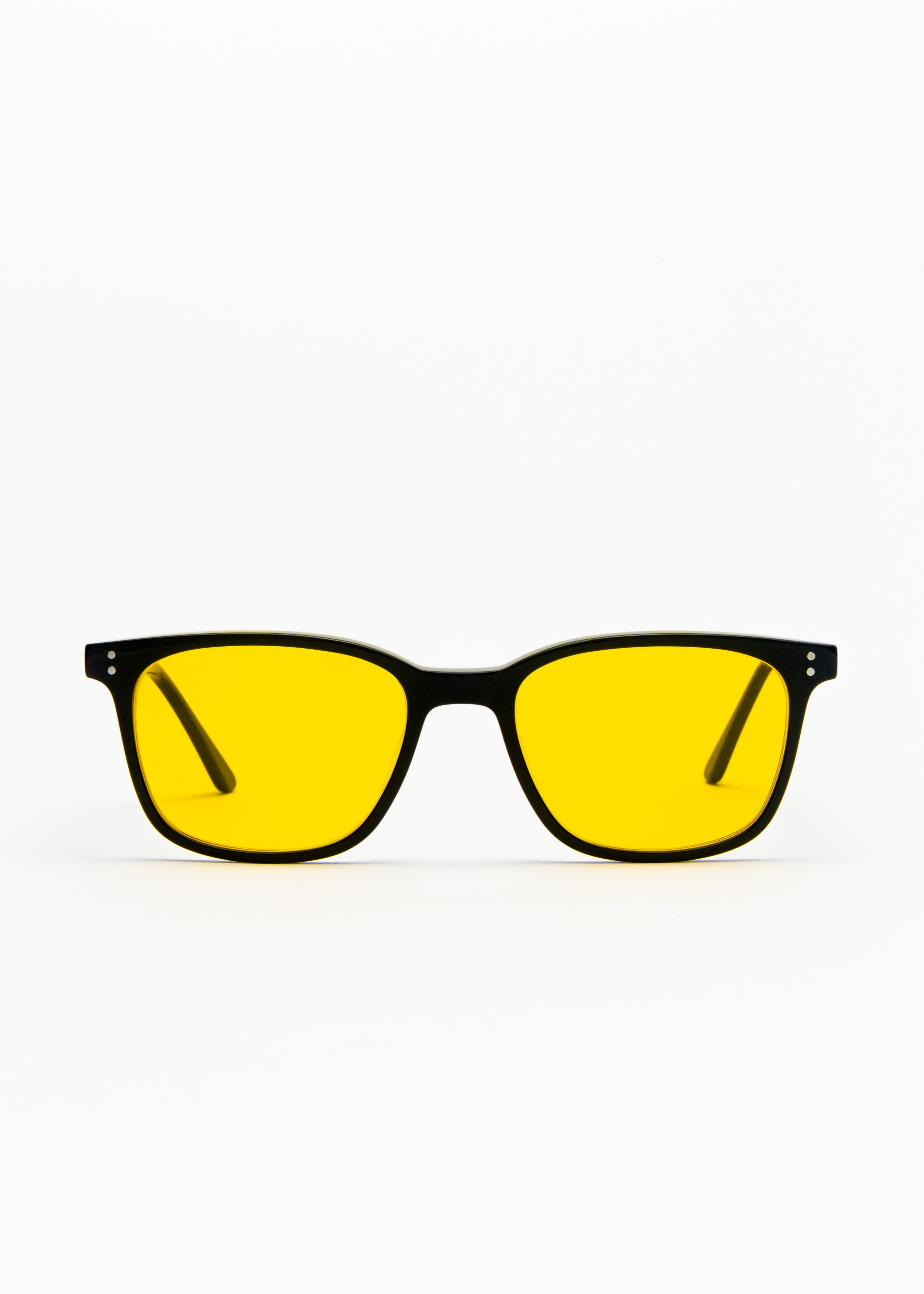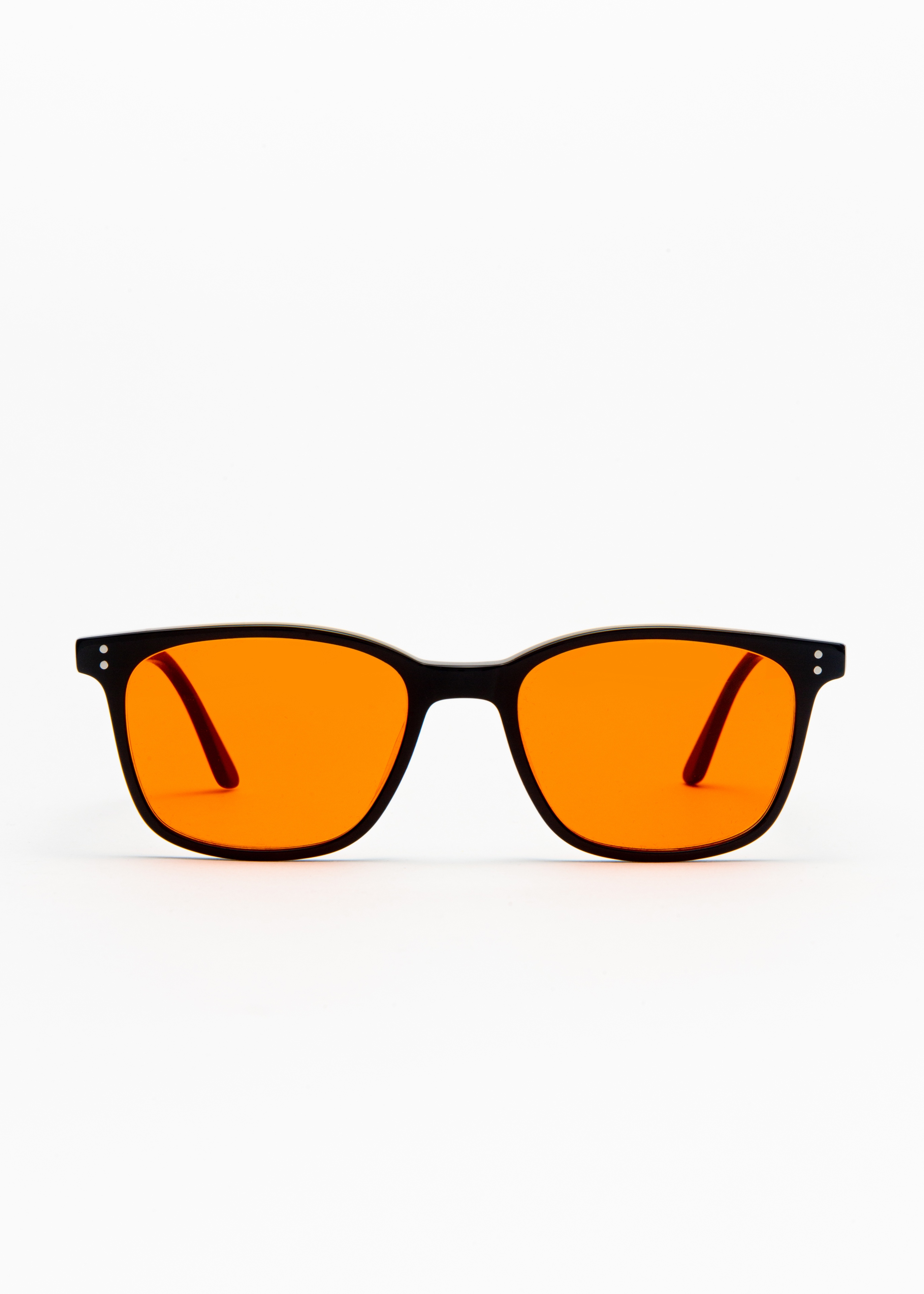How much sunlight should I get?
As we learned in The Effects of Sunlight, sunlight is a true natural nourishing tonic .

then, How much sunlight should you get per day?
How much sunlight you should receive may vary from person to person depending on skin color, individual sunlight tolerance, location on Earth, and season.
Still, let’s look at some general guidelines for a certain amount per day.

Features by hour:
Early morning sunlight (6am - 9am):
Watching the sunrise for 10 to 20 minutes can effectively improve your circadian rhythm .
Morning sunlight (9:00 - 12:00):
If you are new to sunbathing, we recommend starting with 5 minutes . Then, as your sun tolerance improves, aim to gradually increase up to 30 minutes.
Morning sunlight is especially essential for the body, and it is important to build up your tolerance through early morning sunlight so that you can receive the light at this time without any side effects.
Afternoon sunlight (12:00 - 17:00):
This is usually the time when the intensity of ultraviolet rays is the highest and is most suitable for synthesizing vitamin D.
However, if you lack sunlight tolerance, side effects may occur, so it is important to build your tolerance through consistent exposure to sunlight in the morning!
Late afternoon sunlight (17:00 - 19:00):
By watching the sunset for 10 to 20 minutes, you can maintain your circadian rhythm and at the same time effectively receive wavelengths (light) that help you sleep!
This is also when infrared wavelengths are at their highest, which are very helpful for skin regeneration, injury recovery, and inflammation relief, so it's important to expose as many parts of your body as possible!


Why are sunrise and sunset essential?
Sunrise and sunset are when the sun is the furthest from our bodies, so the levels of ultraviolet rays and blue light, which are high-energy wavelengths, are relatively better.
Therefore, there is no possibility that the strong intensity of ultraviolet rays and blue light may have side effects on people with low sunlight tolerance. This is when the wavelength of infrared (red light), the color of healing, is at its highest.

Infrared waves from sunlight and infrared irradiators are
It has numerous beneficial effects and is a safe light with almost no side effects.

Infrared rays are mainly used for treatment purposes in dermatology and oriental medicine clinics.
“Infrared is the fastest way to create solar callus. “Through infrared exposure, you can gradually receive safer exposure to ultraviolet rays.”
-Dr Jack Kruse
Sunrise and sunset are also safe times to practice Sungazing .
Looking directly at the sun establishes the circadian rhythm,
It is one of the most effective ways to stimulate the secretion of essential hormones in your body!
Staring at the sun activates the suprachiasmatic nucleus (SCN), located in the lower part of the brain, an internal organ that plays a key role in your biological clock.

When and how much is a good time to gaze at the sun?
A general guideline is the first hour after the sun rises over the horizon, and ideally the first hour before sunset.
This custom is a proven practice that has been around for centuries, and if practiced with respect for sunlight,
It can provide a tremendous virtuous cycle for your health without any side effects.
If you still find it difficult to stare directly at the sun, looking upward or downward and looking less directly at the sun can be a good alternative.
We recommend starting with 2 minutes a day and gradually increasing it!
Let's listen to the sound of our body
You also need to practice listening to your body.
Excessive exposure to sunlight without preparation can cause side effects, so gradual exposure to sunlight is recommended, and if you feel strained, take a break in the shade and don't forget to get some rest!
Excessive amounts at once can have side effects.
If you slowly, gradually respect the providence of nature and be with the sunlight,
Please remember that it can be the most powerful treatment that solves the root of all diseases!

Learn more:
https://www.youtube.com/watch?v=D6nMjUK6gjM&t
https://www.youtube.com/watch?v=ZvXwdhPzyIw&t
https://www.youtube.com/watch?v=0aTy1C1dNz8
https://www.youtube.com/watch?v=d7qjh4BIGbc
source:
https://simplifaster.com/articles/dopamine/
https://creatorvilla.com/sunshine-is-the-key-to-testosterone-and-athletic-performance-in-males/
https://www.ncbi.nlm.nih.gov/pmc/articles/PMC2290997/
https://www.ncbi.nlm.nih.gov/pmc/articles/PMC6751071/
https://pubmed.ncbi.nlm.nih.gov/27876126/
https://pubmed.ncbi.nlm.nih.gov/23781653/
https://pubmed.ncbi.nlm.nih.gov/1209815/
https://www.healthline.com/health/mind-body/sun-gazing#meditation-benefits






